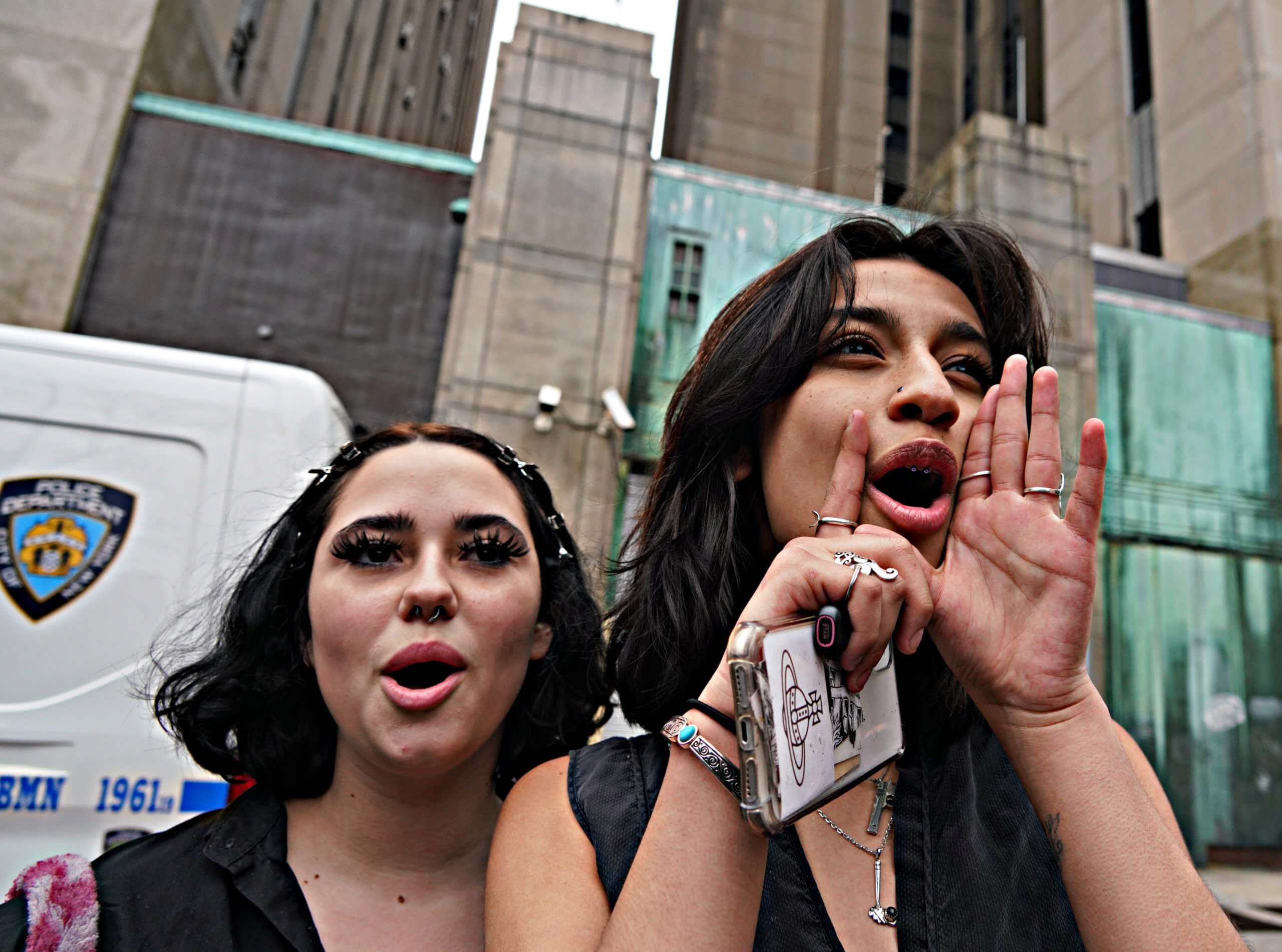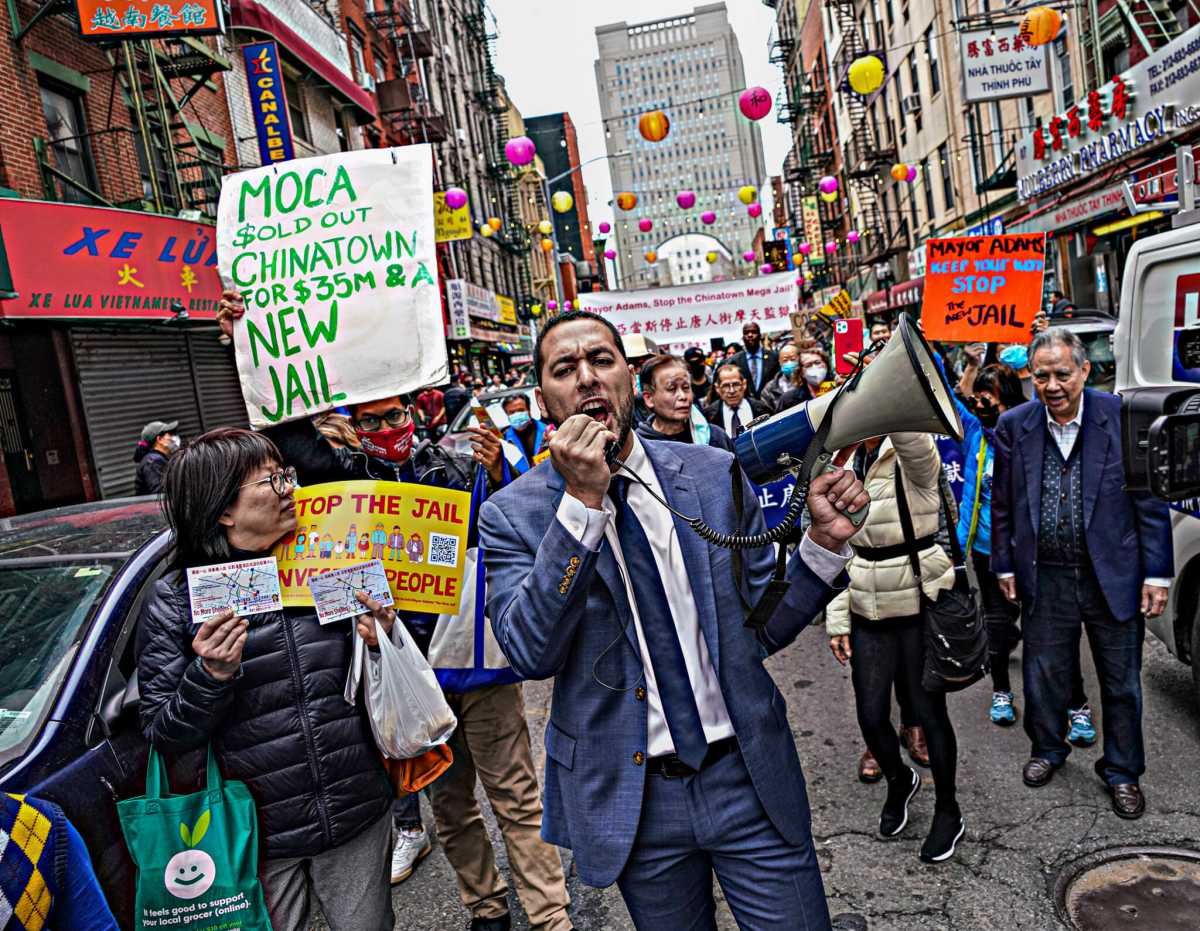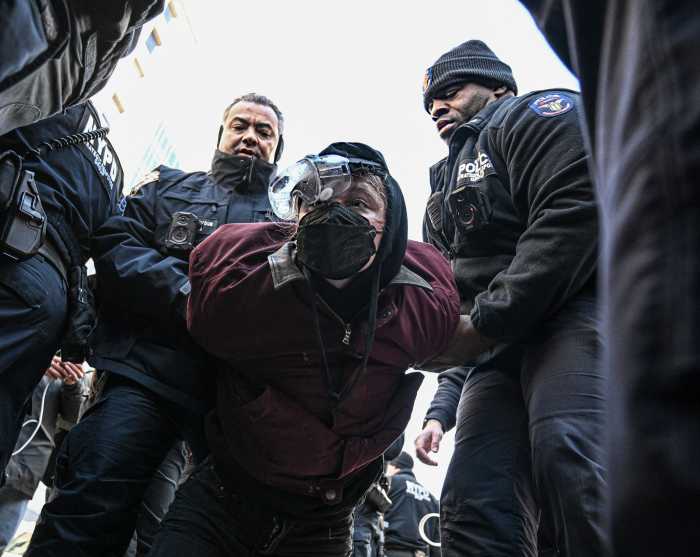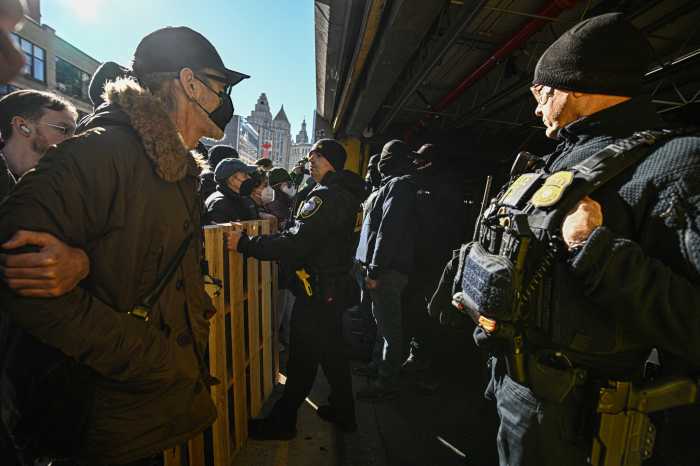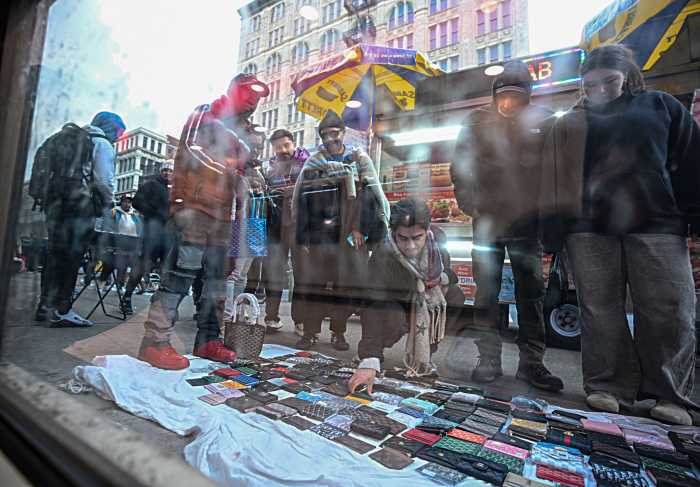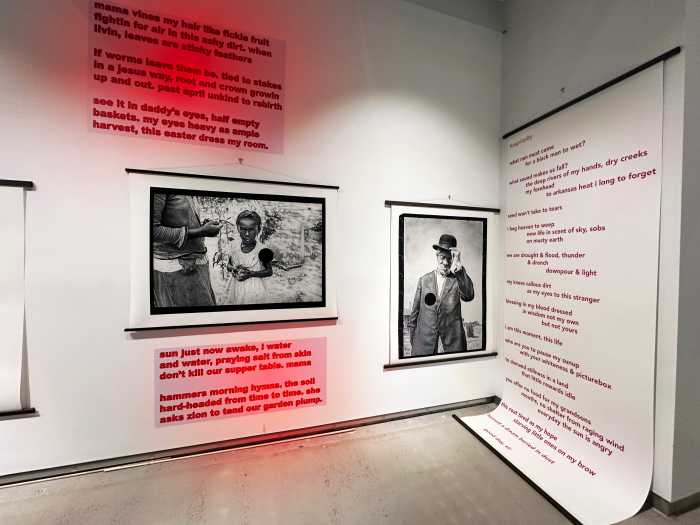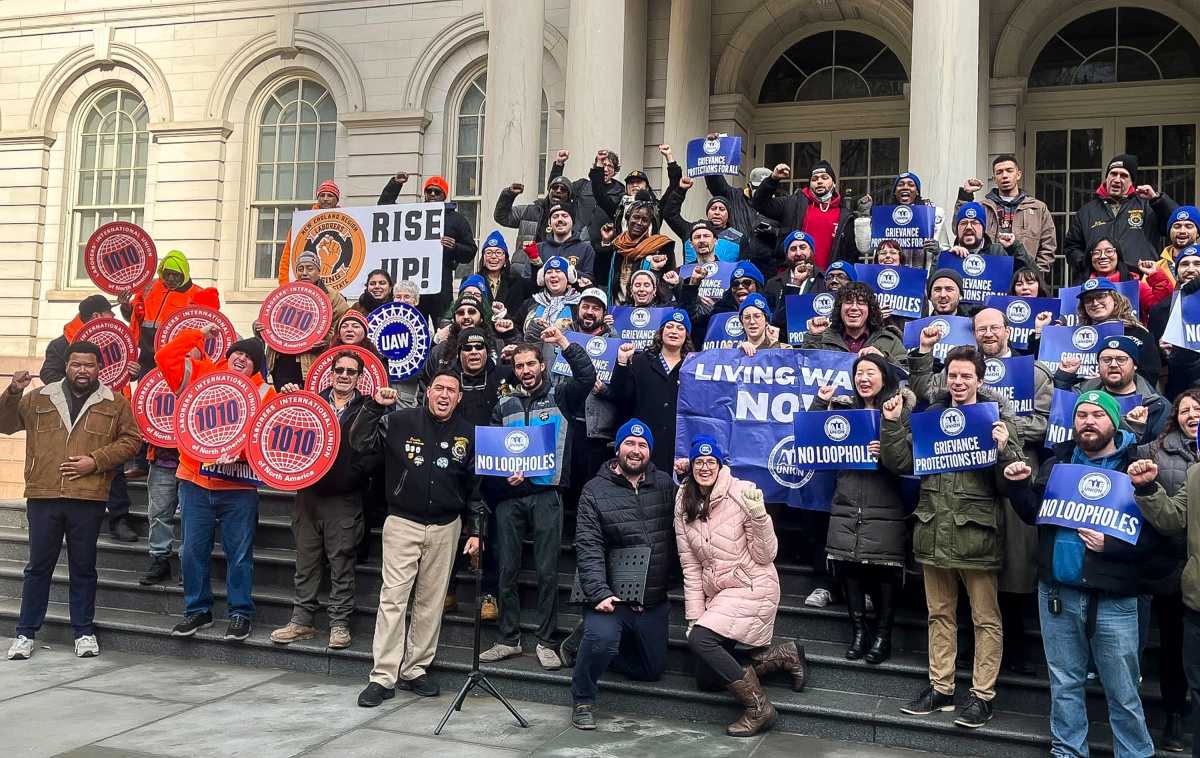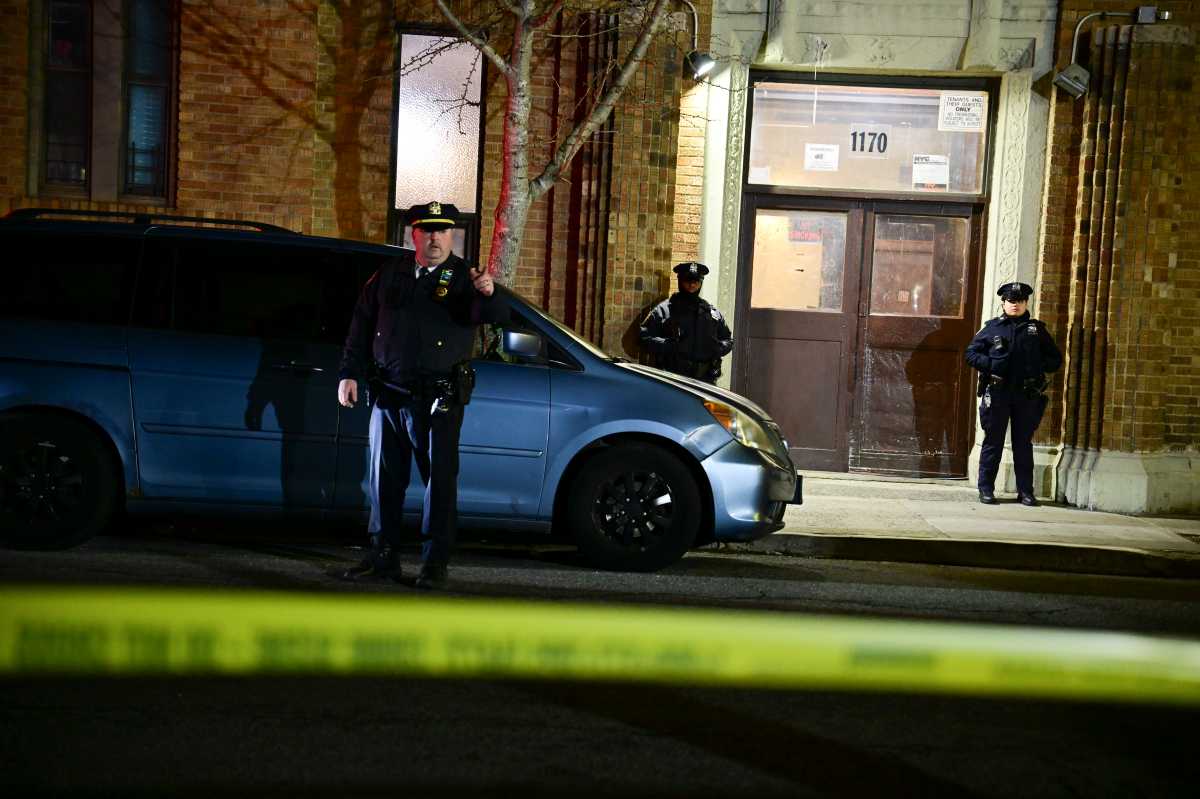Hundreds came together Sunday in massive numbers to rebuke the new Chinatown jail set to be erected in their neighborhood.
Locals charged that the proposed community-based jail would cast a looming shadow over the historically rich Lower Manhattan district.
Detractors of the new jail fixed to be established on the bones of the Manhattan Detention Complex, also known colloquially as the Tombs located on 125 White St., believe that following talk of inclusion amidst Asian hate crime, the primarily AAPI community is being saddled with the short end of the crime-ridden stick.
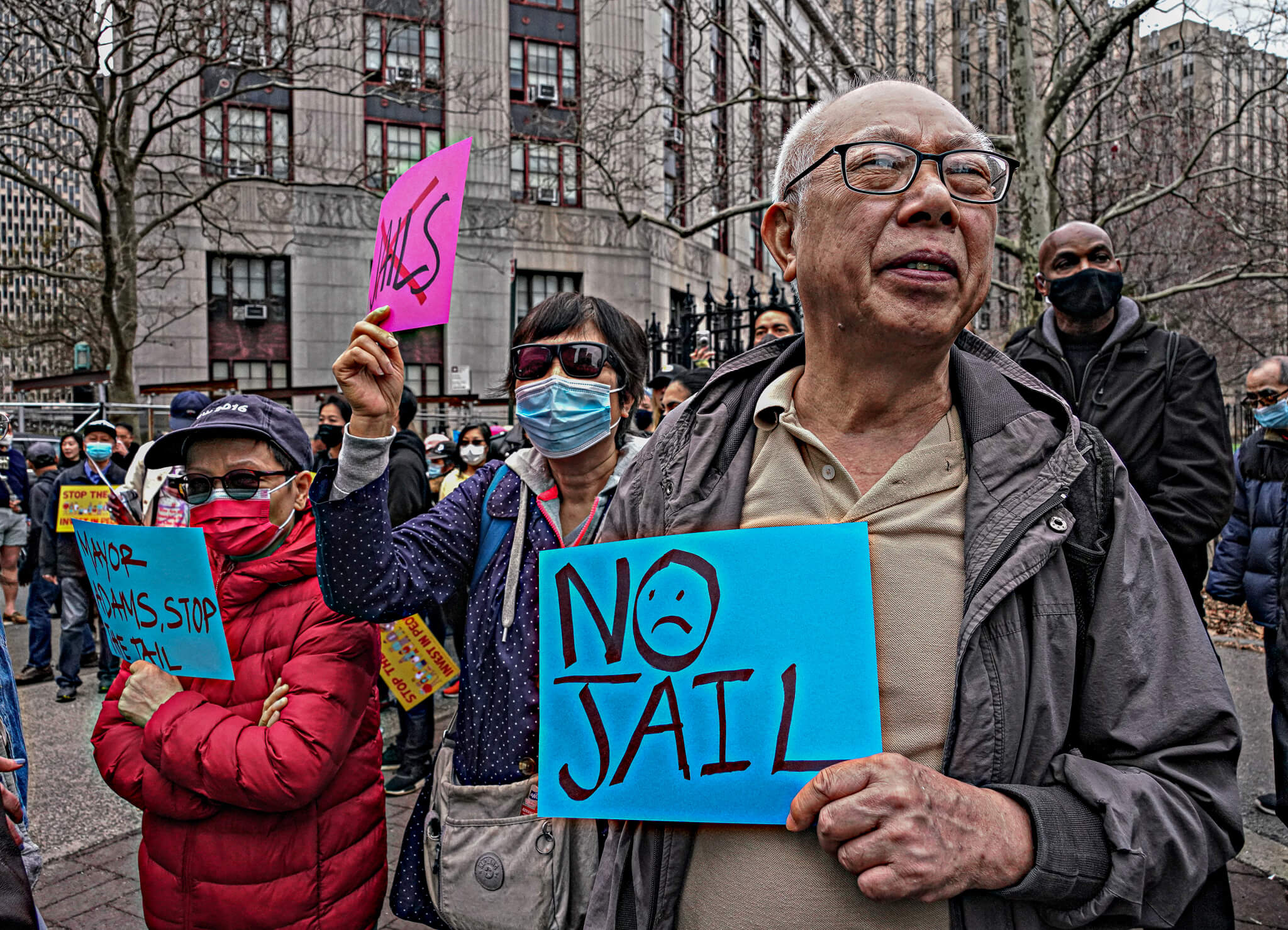
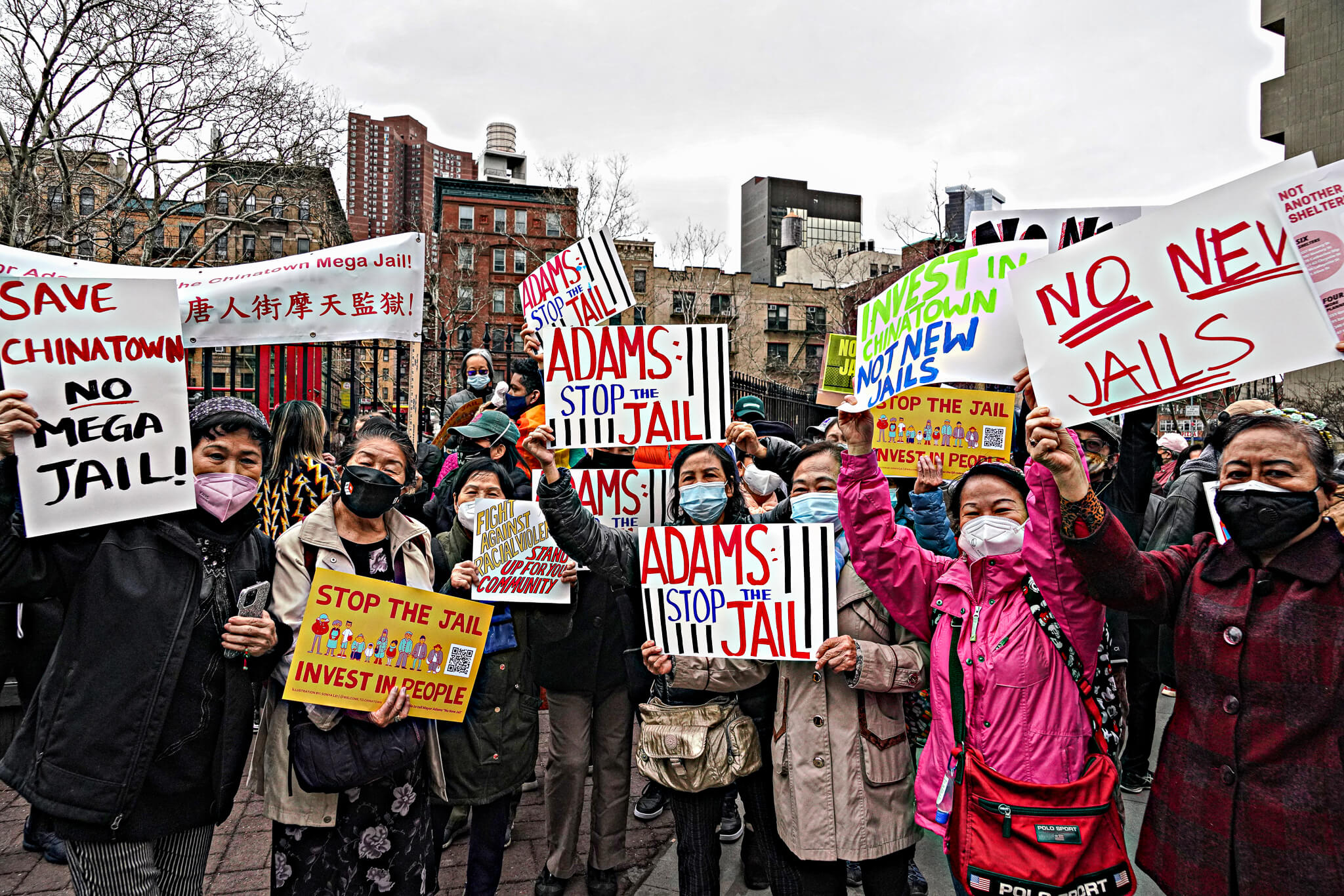
Well over 500 demonstrators marched through the Chinatown streets on March 20 in an effort to showcase their displeasure. Led by Councilman Christopher Marte and Jan Lee, founder of Neighbors United Below Canal, the large group called out the mayor in hopes of persuading him to halt the construction.
“We don’t want to repeat the mistakes of the past. We are here to try to not make those mistakes. But it is the people united that will make the change that will force our elected officials to listen to us, to work with us, and to do right by us,” Marte said.
Not everyone is against the new jail, however. Many of those advocating for the reconstructed complex believe that a larger, more modernized facility will provide safer conditions for those housed within.
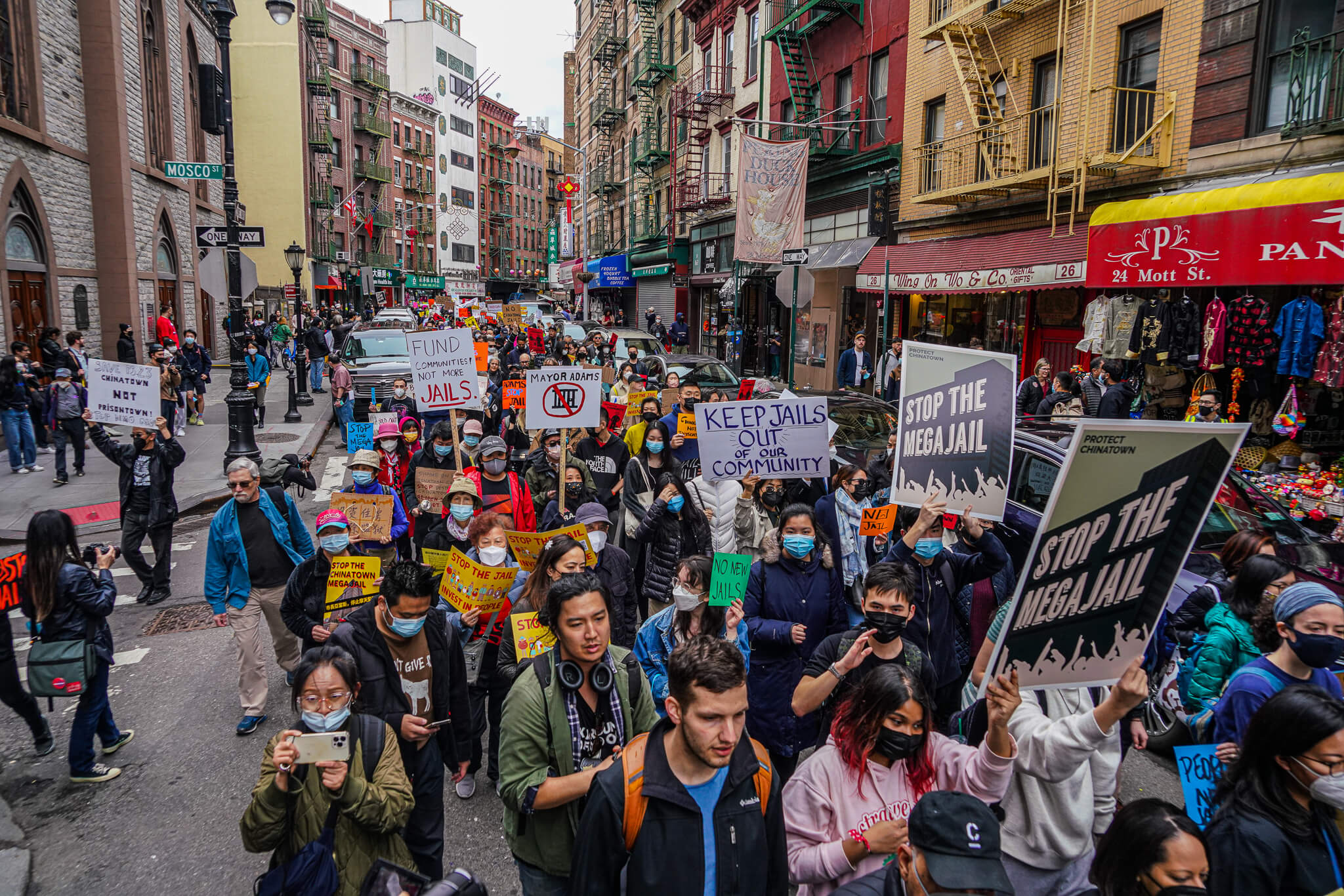
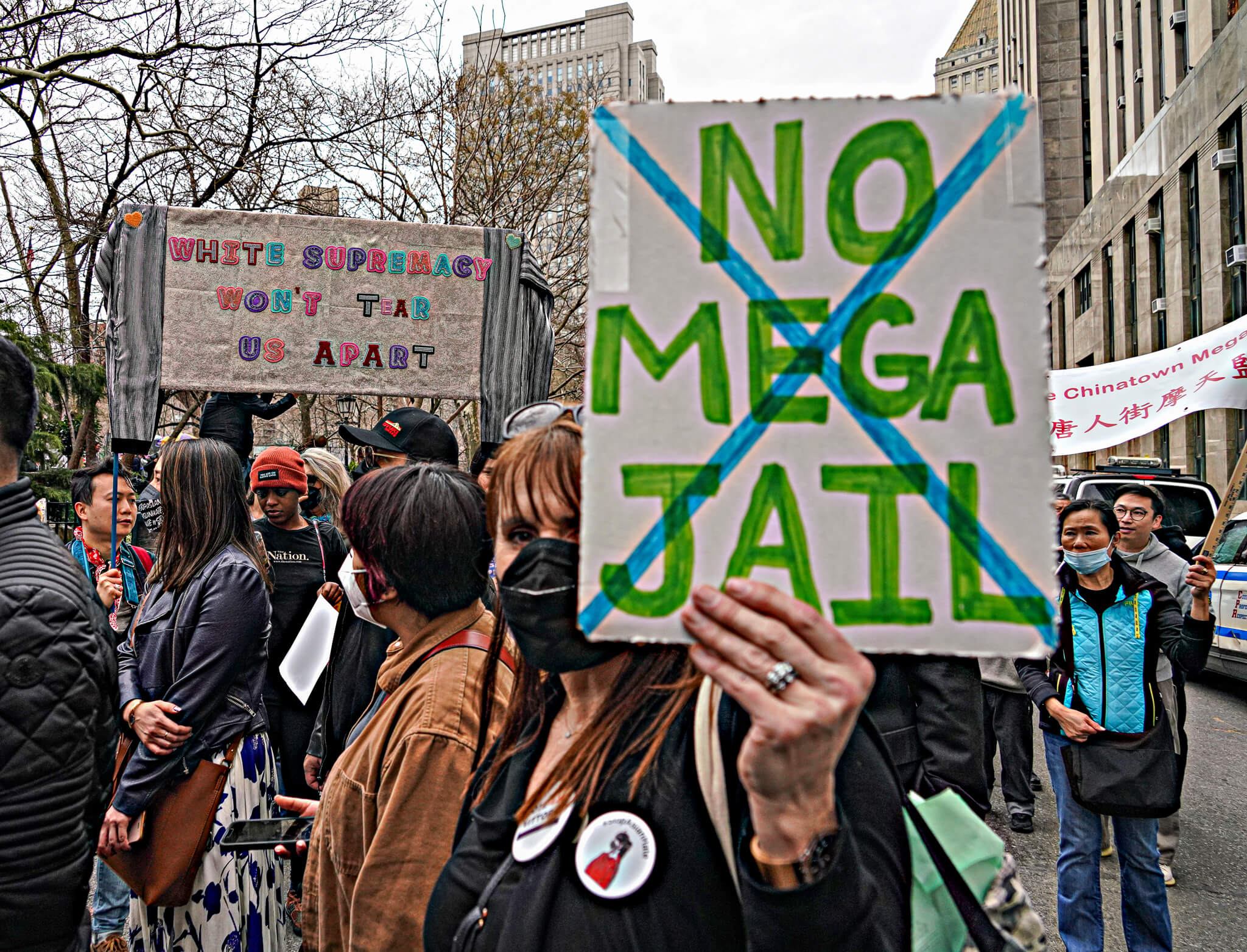
On March 18, NYC DOC announced another death of an individual detained on Rikers Island, making it the third person to perish this year, and the 19th person since 2021. The federal monitor has reported numerous humanitarian issues within city jails, and for decades, advocates have called for the end to Rikers Island.
In response to this, former Mayor Bill de Blasio announced in 2019 the Borough-based jails plan — passed by New York City Council — which they believe will help fully close Rikers Island by transferring incarcerated individuals into what has been said to be a fairer and safer jail system in each borough.
The Manhattan Detention Center is set to be demolished and replaced with a larger facility that will be more modernized in how it secures individuals. Rather than increasing the number of incarcerated persons held in the planned jail, the larger facility is said to offer more space and safer living conditions.
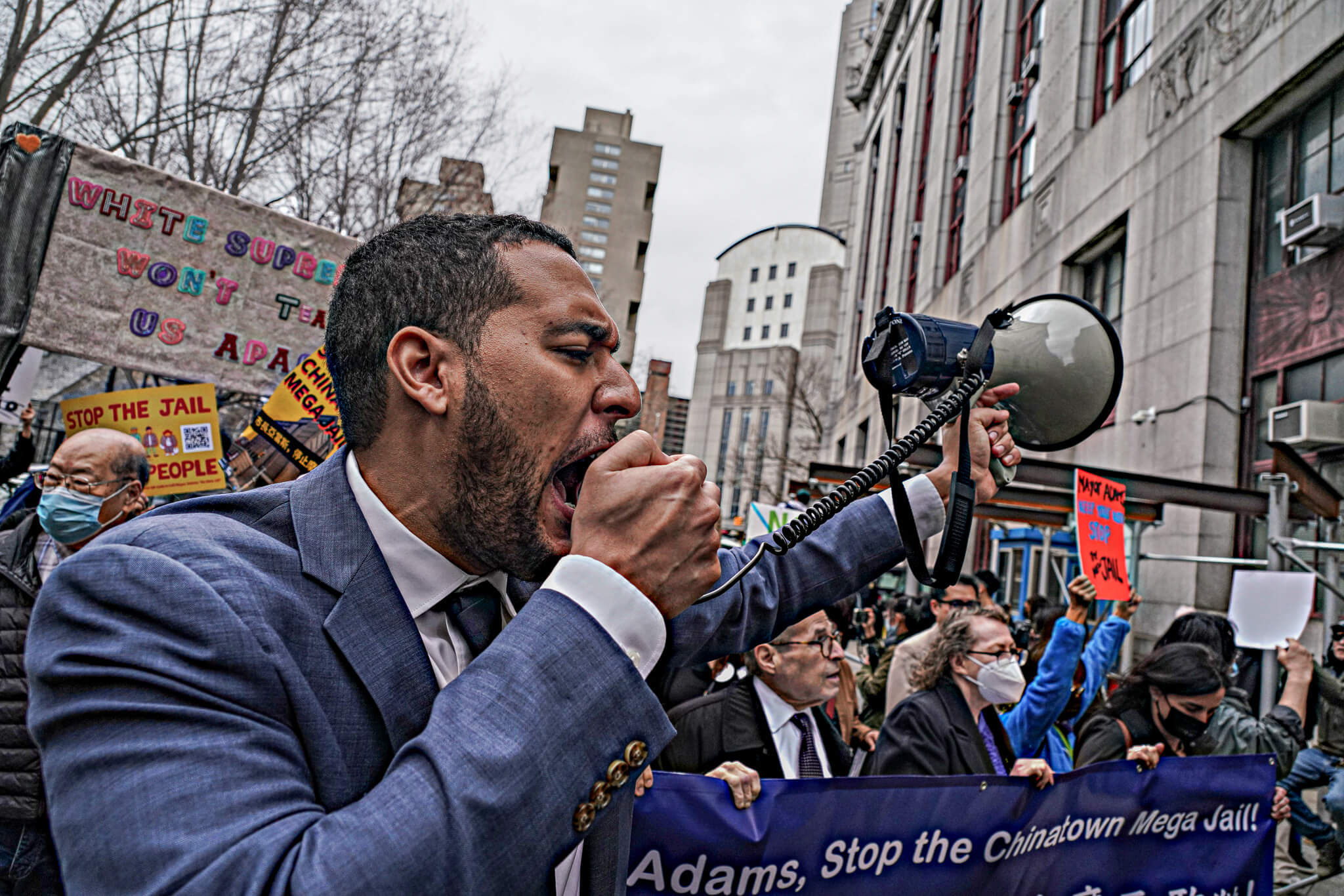
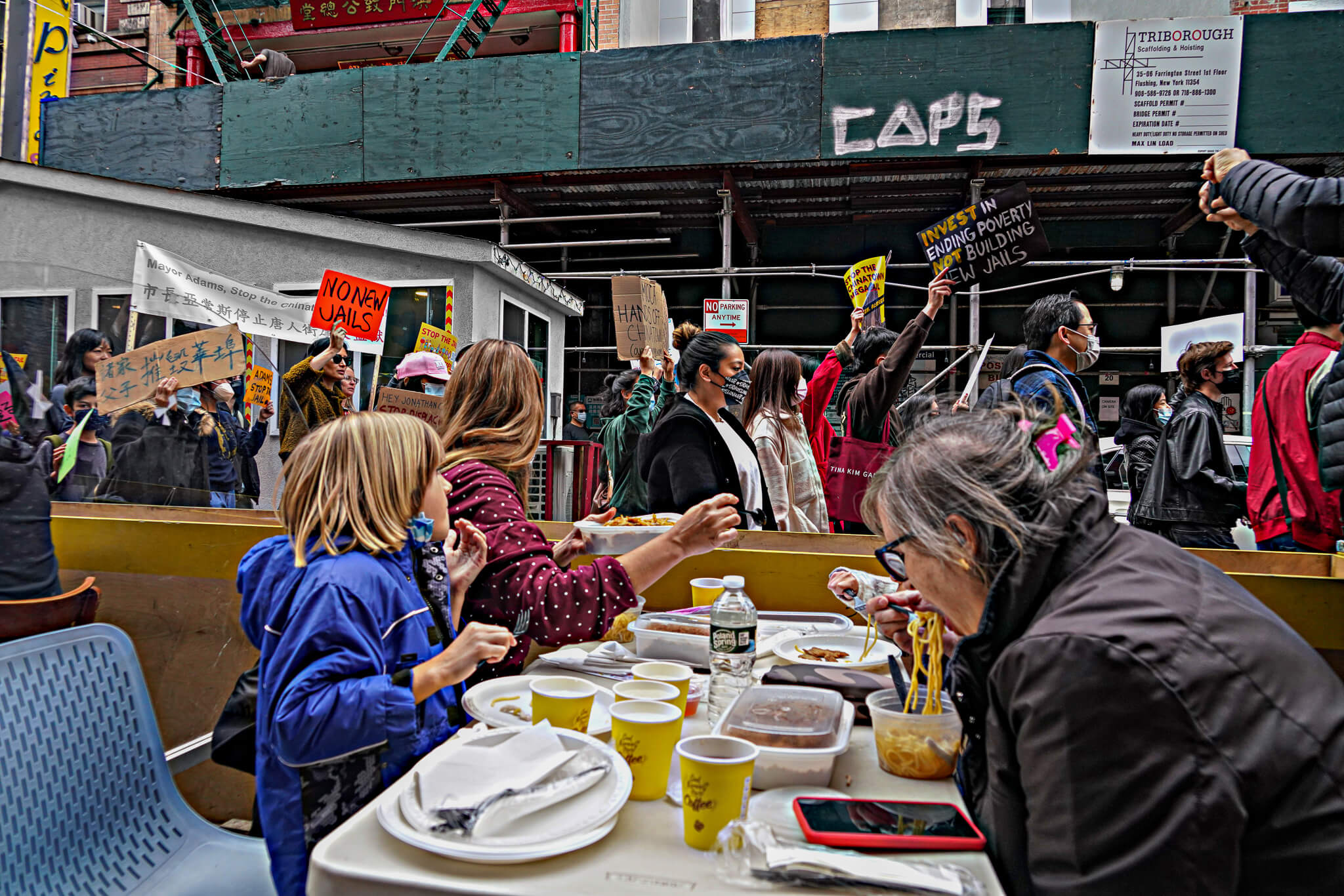
“As the partner of someone incarcerated at Rikers right now, I can say that although he is not deceased, due to the hurdles it takes to visit him there and keep him as an active father, many days it does feel like it. Borough-based facilities can keep families closer both by shortening the travel distance and creating better spaces for visiting. I urge the Mayor to expedite the plan to close Rikers, including putting in place programs in the community that can help people and reduce incarceration,” said Crystal Gooding, a member of Freedom Agenda, one of the organizations leading the Campaign to Close Rikers, and a resident of Lower Manhattan.
Marte disputed this, telling amNewYork Metro that he does not believe the new jail will make a meaningful difference.
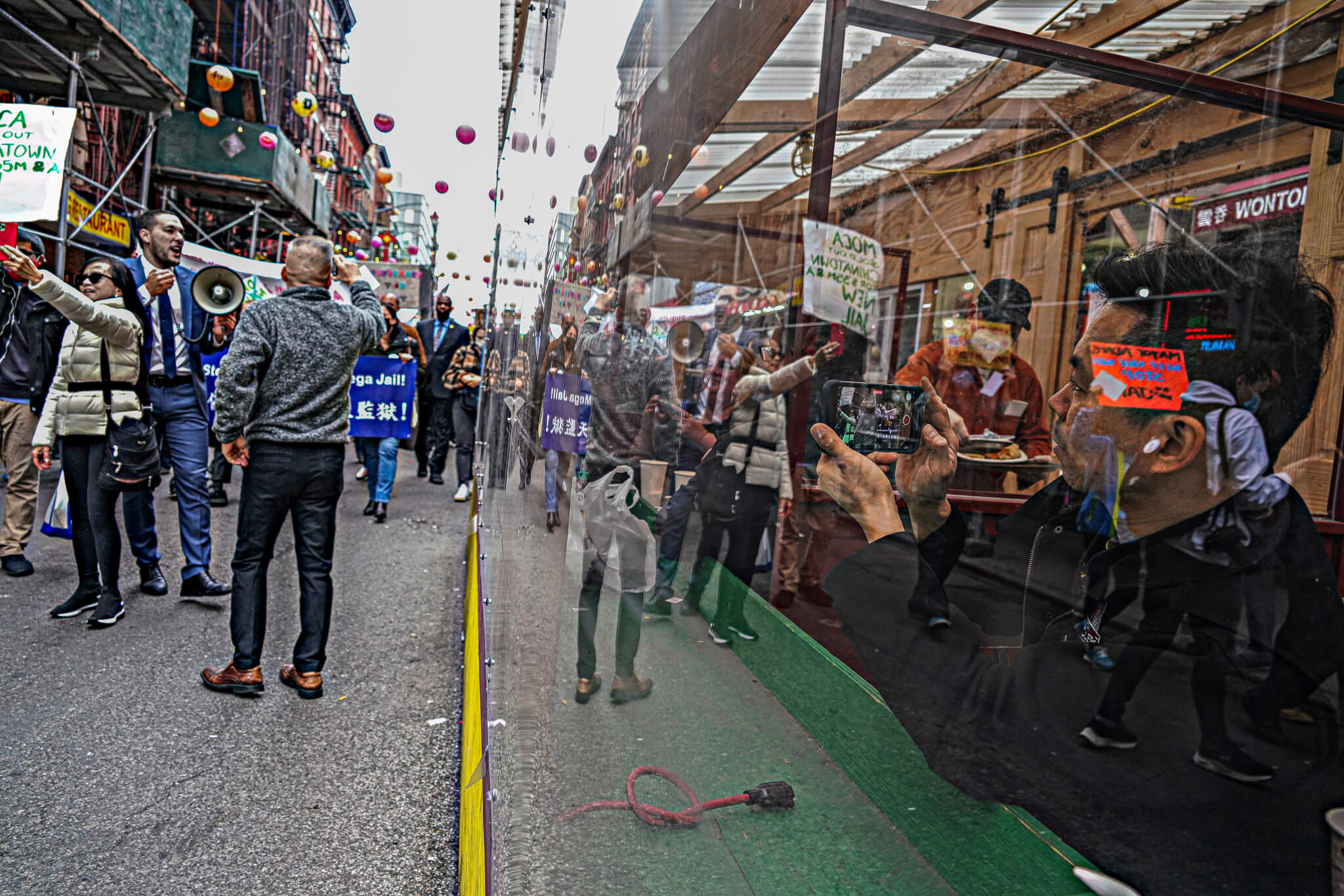
“If you look at the details of the plan, the new jail will only add 30 additional beds to the site. Why are we gonna invest $2 billion in seven-year construction to build a massive mega jail that’s gonna honor incarceration?” Marte asked. “What the community is asking is that you can close Rikers Island, renovate these jails, and save us on the cost and use that money to invest in housing, invest in education, invest in health care.”
Chanting “No new jails!” and “Chinatown not for sale!” the group strode beneath Lunar New Year decorations and beside outside diners who scrambled for their phones to film the spectacle. The march concluded at Columbus Park.
